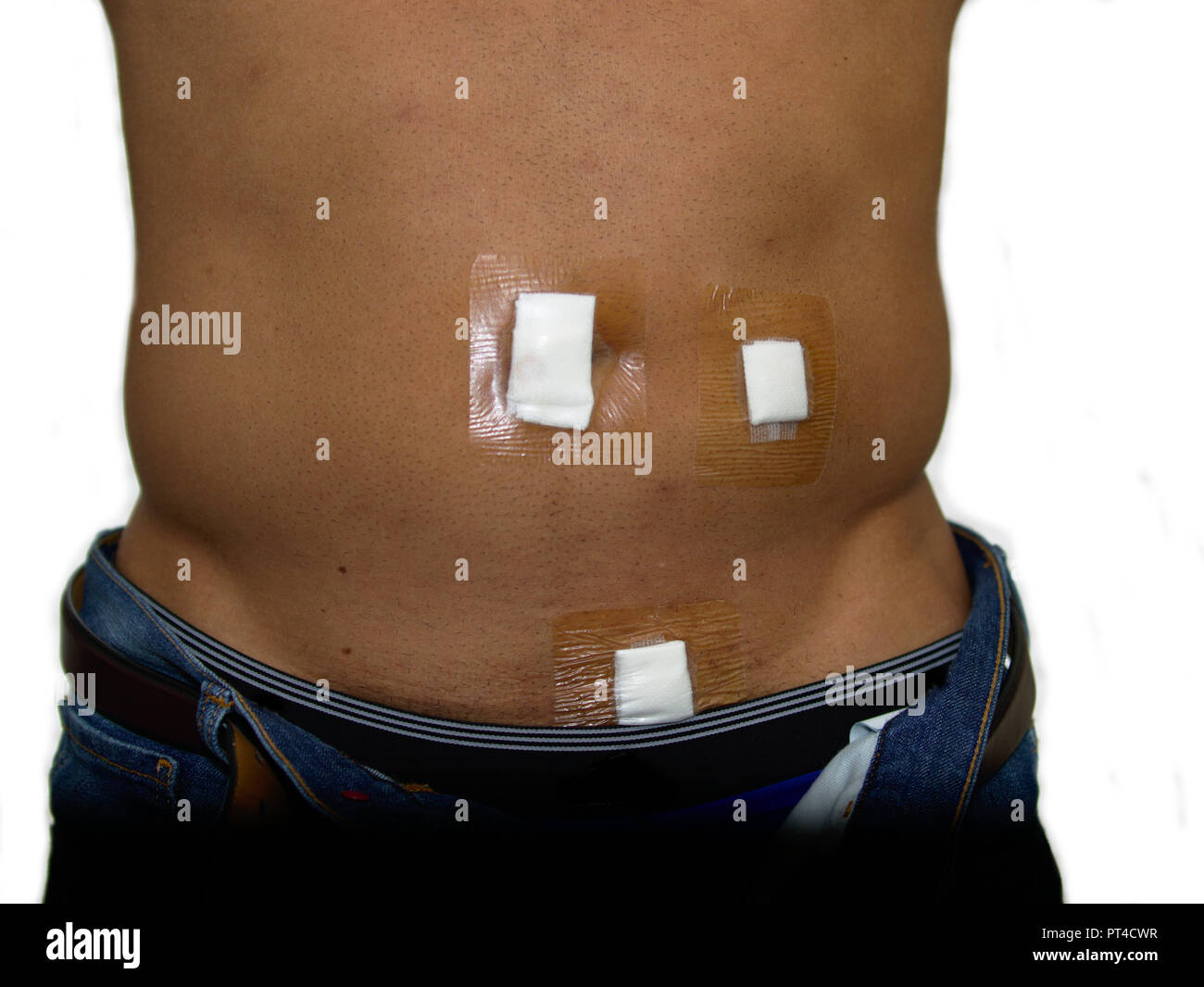Migraine Relief: Stop Tooth Pain
The intricate relationship between migraines and tooth pain is a complex one, with research suggesting that individuals suffering from migraines are more likely to experience tooth pain and vice versa. This correlation has led scientists to investigate the potential links between the two conditions, revealing a multifaceted interplay of neurological, vascular, and muscular factors. In this comprehensive exploration, we will delve into the underlying mechanisms that contribute to the development of tooth pain in migraine sufferers, and provide expert guidance on effective strategies for relief.
Introduction to Migraines and Tooth Pain
Migraines are a type of neurological disorder characterized by recurrent episodes of severe headache, often accompanied by sensitivity to light, sound, and nausea. Tooth pain, on the other hand, can arise from a variety of sources, including dental cavities, gum disease, and temporomandibular joint (TMJ) disorders. While the exact mechanisms underlying the relationship between migraines and tooth pain are not yet fully understood, studies have identified several key factors that contribute to this correlation.
Neurological Factors: The Role of Pain Pathways
One of the primary mechanisms thought to contribute to the development of tooth pain in migraine sufferers is the activation of pain pathways in the brain. During a migraine episode, the brain’s pain processing centers are hyperactivated, leading to an increased sensitivity to pain stimuli. This heightened sensitivity can cause even minor dental issues to become magnified, resulting in significant tooth pain. Furthermore, the release of neurotransmitters such as serotonin and calcitonin gene-related peptide (CGRP) during a migraine episode can also contribute to the development of tooth pain, as these chemicals can stimulate pain-sensitive nerve endings in the teeth and gums.
Vascular Factors: The Role of Blood Vessels
Another important factor contributing to the relationship between migraines and tooth pain is the vascular system. Migraines are often characterized by changes in blood vessel diameter, with some individuals experiencing vasodilation (widening of blood vessels) and others experiencing vasoconstriction (narrowing of blood vessels). These changes in blood vessel diameter can lead to alterations in blood flow to the teeth and gums, resulting in pain and sensitivity. Additionally, the release of vasoactive substances such as CGRP and substance P during a migraine episode can cause blood vessels in the face and mouth to become inflamed, leading to pain and swelling in the teeth and gums.
Muscular Factors: The Role of Jaw and Facial Muscles
Muscular factors also play a significant role in the development of tooth pain in migraine sufferers. The jaw and facial muscles, including the masseter and temporalis muscles, are often tense and inflamed during a migraine episode, leading to pain and stiffness in the jaw and face. This tension can also radiate to the teeth and gums, causing pain and sensitivity. Furthermore, the activation of pain pathways in the brain during a migraine episode can cause the jaw and facial muscles to become hyperactive, leading to teeth grinding and clenching, which can exacerbate tooth pain.
Effective Strategies for Relief
While the relationship between migraines and tooth pain is complex, there are several effective strategies that can provide relief for individuals suffering from both conditions. These include:
- Pain management: Over-the-counter pain medications such as ibuprofen and acetaminophen can be effective in reducing tooth pain and migraine symptoms. However, it is essential to consult with a healthcare professional before taking any medication, as some may interact with other medications or exacerbate underlying conditions.
- Dental care: Regular dental check-ups and good oral hygiene practices can help prevent dental problems that may contribute to tooth pain. This includes brushing and flossing regularly, avoiding sugary and acidic foods and drinks, and scheduling regular dental cleanings and exams.
- Stress reduction: Stress is a common trigger for migraines, and can also contribute to tooth pain. Engaging in stress-reducing activities such as meditation, yoga, and deep breathing exercises can help alleviate symptoms. Additionally, practicing good sleep habits, avoiding triggers, and staying hydrated can also help reduce stress and prevent migraines.
- Physical therapy: Physical therapy techniques such as massage and acupuncture can help reduce tension in the jaw and facial muscles, alleviating tooth pain and migraine symptoms. A licensed physical therapist can work with individuals to develop a personalized treatment plan that addresses their specific needs and goals.
Case Study: Migraine-Related Tooth Pain
A 35-year-old woman, who we will call Sarah, had been experiencing recurring migraines for several years. During a recent episode, she began to experience severe tooth pain on the left side of her face. Despite having no prior dental issues, Sarah’s tooth pain persisted even after the migraine episode had resolved. After consulting with her healthcare provider, Sarah was referred to a dentist who specialized in treating migraine-related tooth pain. The dentist diagnosed Sarah with a TMJ disorder, which was causing her tooth pain. With a combination of physical therapy, pain management, and dental care, Sarah was able to alleviate her tooth pain and reduce the frequency of her migraines.
Conclusion
In conclusion, the relationship between migraines and tooth pain is a complex one, involving neurological, vascular, and muscular factors. By understanding the underlying mechanisms that contribute to this correlation, individuals can take steps to alleviate their symptoms and improve their overall quality of life. Effective strategies for relief include pain management, dental care, stress reduction, and physical therapy. By working with healthcare professionals and taking a comprehensive approach to treatment, individuals can find relief from the debilitating symptoms of migraines and tooth pain.
FAQ Section
What is the relationship between migraines and tooth pain?
+Research suggests that individuals suffering from migraines are more likely to experience tooth pain and vice versa. The exact mechanisms underlying this relationship are complex and involve neurological, vascular, and muscular factors.
How can I alleviate tooth pain related to migraines?
+Effective strategies for relief include pain management, dental care, stress reduction, and physical therapy. It is essential to consult with a healthcare professional to develop a personalized treatment plan that addresses your specific needs and goals.
Can dental problems contribute to migraines?
+Yes, dental problems such as tooth decay, gum disease, and TMJ disorders can contribute to migraines. Regular dental check-ups and good oral hygiene practices can help prevent these problems and alleviate migraine symptoms.
How can I reduce stress to alleviate migraines and tooth pain?
+Engaging in stress-reducing activities such as meditation, yoga, and deep breathing exercises can help alleviate symptoms. Additionally, practicing good sleep habits, avoiding triggers, and staying hydrated can also help reduce stress and prevent migraines.
Can physical therapy help alleviate tooth pain related to migraines?
+Yes, physical therapy techniques such as massage and acupuncture can help reduce tension in the jaw and facial muscles, alleviating tooth pain and migraine symptoms. A licensed physical therapist can work with individuals to develop a personalized treatment plan that addresses their specific needs and goals.
Future Trends in Migraine-Related Tooth Pain Research
As research continues to uncover the complex mechanisms underlying the relationship between migraines and tooth pain, new treatment options and strategies are emerging. One area of focus is the development of personalized treatment plans that take into account an individual’s unique genetic, environmental, and lifestyle factors. Additionally, advances in technology, such as wearable devices and mobile apps, are providing individuals with new tools to track and manage their symptoms. By staying at the forefront of these developments, individuals can work with healthcare professionals to develop effective treatment plans that address their specific needs and goals.
Key Takeaways
- Migraines and tooth pain are complex conditions that involve neurological, vascular, and muscular factors.
- Effective strategies for relief include pain management, dental care, stress reduction, and physical therapy.
- Regular dental check-ups and good oral hygiene practices can help prevent dental problems that may contribute to migraines.
- Stress-reducing activities such as meditation, yoga, and deep breathing exercises can help alleviate symptoms.
- Physical therapy techniques such as massage and acupuncture can help reduce tension in the jaw and facial muscles, alleviating tooth pain and migraine symptoms.
By understanding the complex relationship between migraines and tooth pain, individuals can take steps to alleviate their symptoms and improve their overall quality of life. By working with healthcare professionals and taking a comprehensive approach to treatment, individuals can find relief from the debilitating symptoms of migraines and tooth pain.



